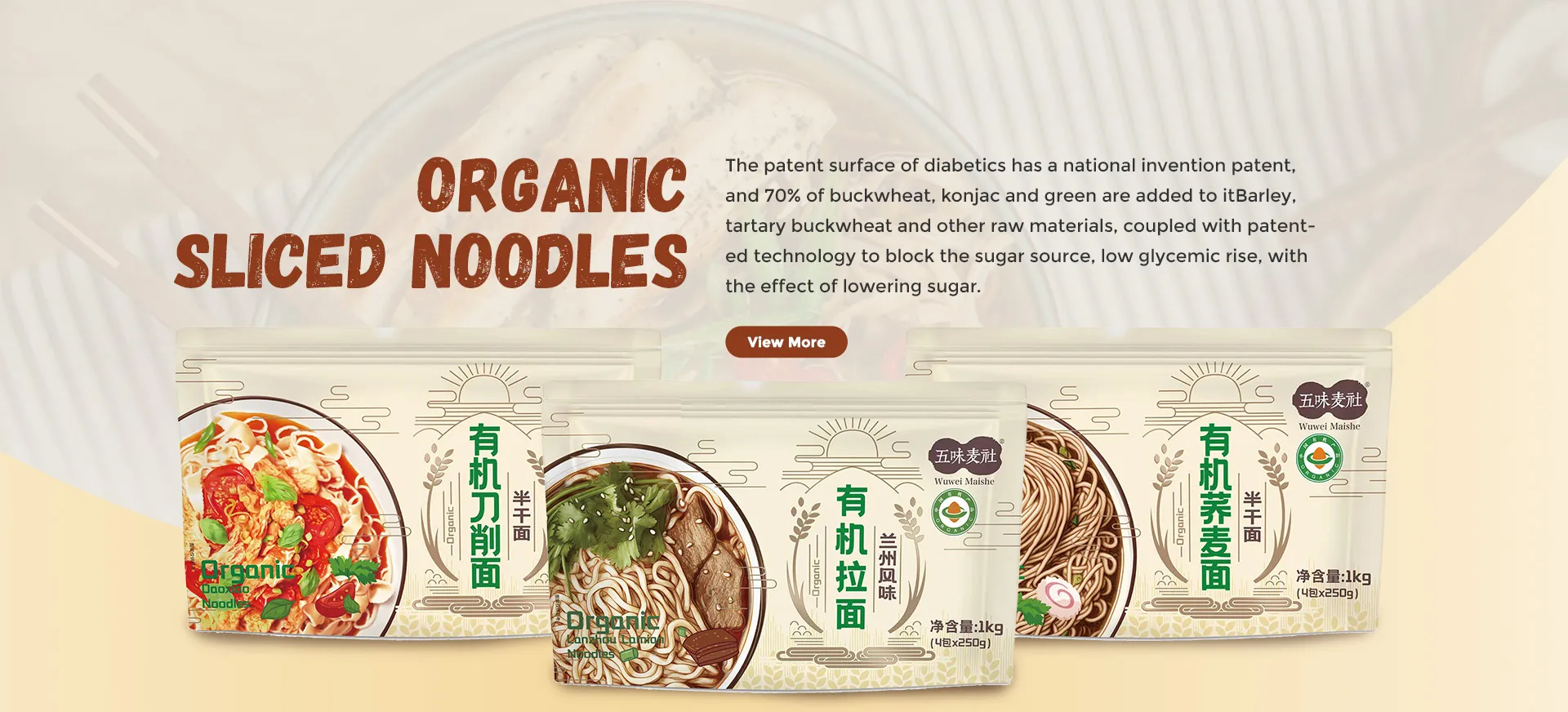Delicious Buckwheat Soba Noodles for a Healthy and Flavorful Meal
The Wholesome Delight of Buckwheat Soba Noodles
Buckwheat soba noodles represent a unique and nutritious staple in Japanese cuisine, beloved for their distinct flavor and numerous health benefits. Originating from the mountainous regions of Japan, these noodles are made primarily from buckwheat flour, a grain that is naturally gluten-free and rich in minerals, vitamins, and antioxidants. As more people become health-conscious and seek alternative carbohydrate sources, buckwheat soba has gained international acclaim, making its way into kitchens around the globe.
Nutritional Benefits
What sets buckwheat soba apart from traditional wheat noodles is its impressive nutritional profile. Buckwheat is a complete protein, meaning it contains all nine essential amino acids that our bodies cannot synthesize. This makes it an excellent choice for vegetarians and vegans looking to meet their protein needs. Additionally, buckwheat is high in fiber, promoting digestive health and aiding in the maintenance of a healthy weight.
Buckwheat is also rich in antioxidants, particularly rutin, which is known for its anti-inflammatory properties and potential to enhance cardiovascular health. Consuming foods high in rutin can help strengthen blood vessels and improve circulation, making soba noodles a heart-healthy choice. Furthermore, buckwheat is packed with essential minerals like manganese, magnesium, and phosphorus, all of which play crucial roles in bodily functions.
Culinary Versatility
One of the most appealing aspects of buckwheat soba noodles is their versatility in the kitchen. These noodles can be served hot or cold, making them a fantastic ingredient for a variety of dishes. When prepared hot, soba noodles work wonderfully in soups or stir-fries, absorbing flavors beautifully from broth or sauces. A classic dish is “soba noodle soup,” where the noodles are served in a savory dashi broth, often accompanied by ingredients such as scallions, mushrooms, and tofu.
buckwheat soba noodles

On the other hand, cold soba, known as “zaru soba,” is particularly refreshing and is often served with a dipping sauce made from soy sauce, mirin, and dashi. This dish is especially popular in the summer months, allowing one to enjoy a light and flavorful meal while avoiding heavy ingredients. The nutty flavor of the buckwheat complements various toppings, from sliced vegetables to tempura, enabling each dish to be tailored to individual tastes.
Cooking and Serving Tips
When cooking buckwheat soba noodles, it's essential to follow a few tips to achieve the best results. First, always bring a large pot of water to a rolling boil before adding the noodles, as this prevents them from sticking together. Once cooked, they should be rinsed under cold water to stop the cooking process and remove excess starch, which enhances the overall texture and flavor.
For serving, consider garnishing your soba dishes with fresh herbs, nori (seaweed), sesame seeds, or a squeeze of citrus for an added layer of flavor. Experimenting with various vegetables and proteins can also elevate the dish, making it a well-rounded meal suitable for any occasion.
Conclusion
Incorporating buckwheat soba noodles into your diet not only enriches your meals with unique flavors but also provides numerous health benefits. Whether enjoyed in a hot soup or served cold with a refreshing dipping sauce, soba noodles are a delicious way to embrace a healthy lifestyle. As you explore the culinary possibilities of buckwheat soba, you'll find that this humble noodle offers a gateway to flavorful and nutritious dining experiences that celebrate both tradition and innovation.
-
Is Whole Wheat Pasta Healthy?NewsMay.30,2025
-
Are Soba Noodles Good for Weight Loss?NewsMay.30,2025
-
Are Buckwheat Soba Noodles Healthy?NewsMay.30,2025
-
Are Buckwheat Soba Noodles Gluten Free?NewsMay.30,2025
-
Are Buckwheat Noodles Good for You?NewsMay.30,2025
-
A Healthy Way to Savor Soba and Spicy FlavorsNewsMay.30,2025
-
What Are Lanzhou Noodles?NewsMay.30,2025
Browse qua the following product new the we

















































































































